The winner of the LOEWE FOUNDATION Craft Prize 2019 is…
Genta Ishizuka for his work Surface Tactility #11, 2018
After a months-long process, which saw over 2500 submissions whittled down to 29 finalists, our jury have reviewed the short list and crowned Genta Ishizuka as their overall winner. The jury is made up of creative industry leaders and luminaries, Jonathan Anderson and the Craft Prize’s 2018 winner Jennifer Lee.
Jonathan Anderson, LOEWE creative director, commented on this year’s winner: ‘Ishizuka’s work proves that craft can be open and shows the freedom of creation. His use of an ancient lacquer technique in a contemporary form breaks conventions and represents a new sculptural vision in craft.’
The Jury also agreed upon two special mentions. Harry Morgan for the work ‘Untitled’ from Dichotomy Series, 2018 and Kazuhito Takadoi for the work KADO (Angle), 2018.
From the 26 June to 22 July, Genta Ishizuka’s winning piece and all the finalists’ works will be showcased at a free exhibition at Isamu Noguchi’s indoor stone garden ‘Heaven’ inside the Sogetsu Kaikan building in Tokyo. From ceramics, furniture and glassware, to basketry, jewellery and blacksmithing, the show demonstrates the artists’ quests to reconcile the ancient with the avant-garde.
Surface Tactility #11, 2018 by Genta Ishizuka wins the Craft Prize 2019
Jonathan Anderson, LOEWE creative director, commented on this year’s winner: ‘Ishizuka’s work proves that craft can be open and shows the freedom of creation. His use of an ancient lacquer technique in a contemporary form breaks conventions and represents a new sculptural vision in craft.’
The Jury also agreed upon two special mentions:
Harry Morgan, for the work ‘Untitled’ from Dichotomy Series, 2018. The jury commented: ‘This radical work by Harry Morgan is a paradoxical confrontation of materials which don’t belong together. He brings a craft spirit to common materials.’
Kazuhito Takadoi for the work KADO (Angle), 2018. The jury admired the work for ‘being a craft without a name’ and applauded the fact that Takadoi is involved in the piece from conception, from growing the material in his garden to creating an object with a very powerful form.
Jennifer Lee, Winner of the LOEWE FOUNDATION Craft Prize 2018, observer of this year’s prize said: ‘This year’s finalists prove that old traditions of making continue to surprise us and be radical and contemporary. The prize makes you inquisitive and opens your mind to new ways of making and working with materials.’
The Finalists of the LOEWE Craft Prize 2019
29 works have been selected as Finalists by the Expert Panel.
These works will take part of the LOEWE Craft Prize 2019 exhibition that will travel to Tokyo, from 26 June – 22 July 2019.
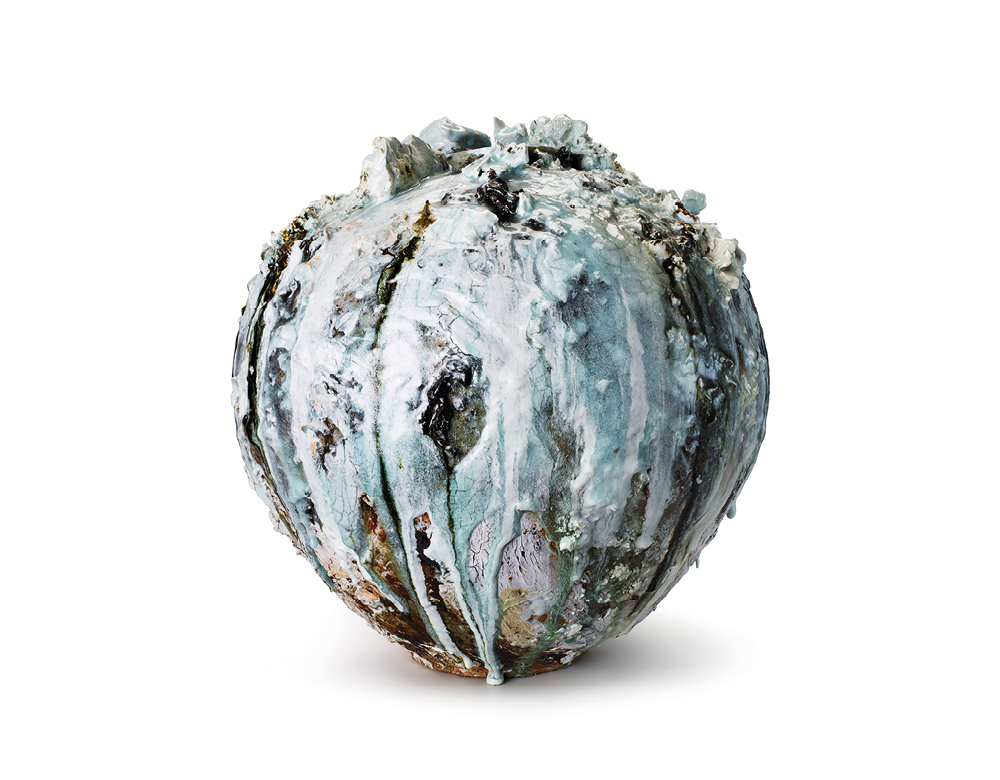
Name of finalist: Akiko Hirai
Country of entry: United Kingdom
Name of work: 'The Moon Jar "The life of..."'
Category: Ceramics
Materials: Stoneware, porcelain, wood ash, white feldspatic glaze
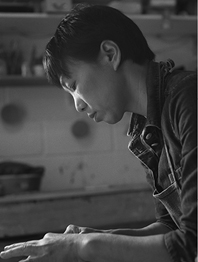
An expressive and energised gestural interpretation of the iconic form of the moon jar, this piece shows an understanding and respect for the heritage of ceramics further reimagined with a highly personal approach. Hiraki’s eye plays with our reading of the form through the additional application of material and intuitive marks on the surface of the vessel. Her relationship to the kiln and the ring process is fundamental and the result is a contemporary form with tremendous presence.
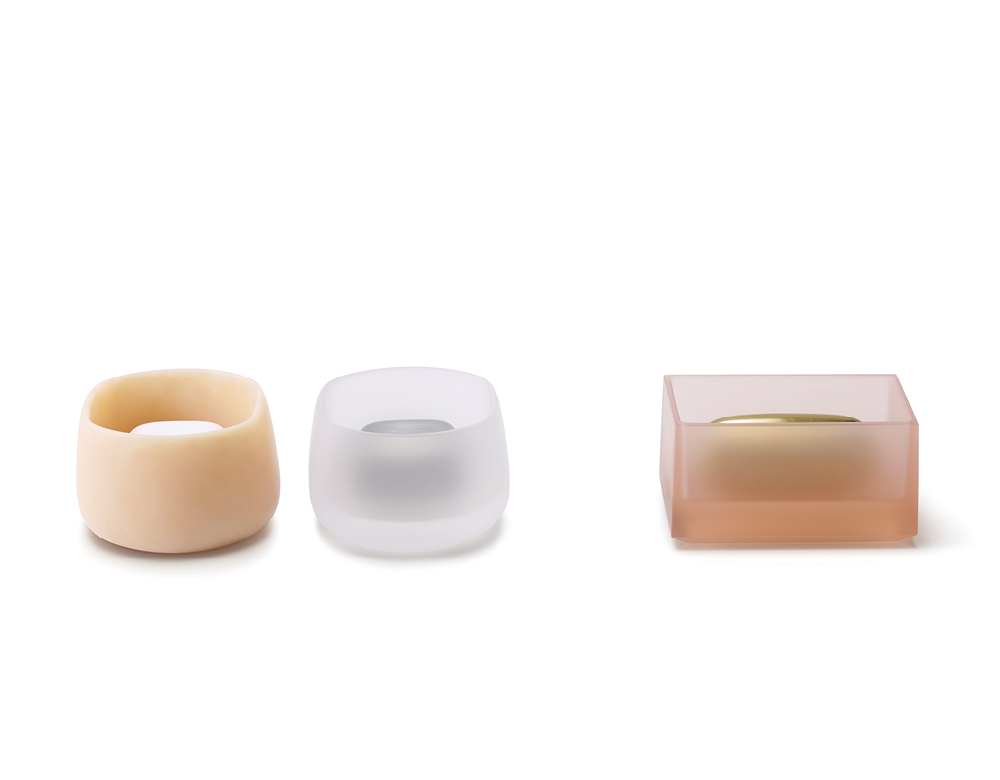
Name of finalist: Andrea Walsh
Country of entry: United Kingdom
Name of work: 'Collection of Contained Boxes'
Category: Glass
Materials: Glass, fine bone china, burnished platinum, 22ct burnished gold
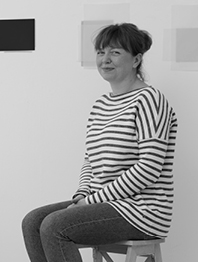
A composition of three pieces, the work explores the relationship between three different materials and prompts questions pertaining to care and value. Each element of the work is carved in plaster and remade in wax before nally being cast in glass. This meticulous process is attested to by the intimacy of form, sense of protection and preciousness invoked by the work.
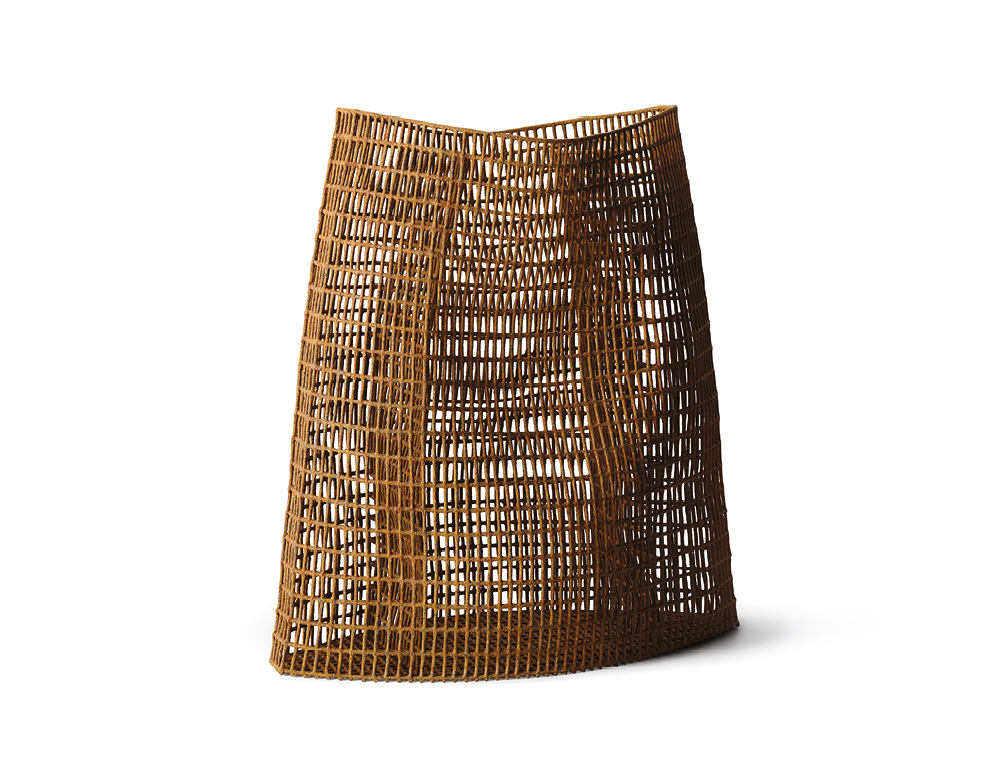
Name of finalist: Annie Turner
Country of entry: United Kingdom
Name of work: 'NET'
Category: Ceramics
Materials: Red grogged clay, lithium glaze, yellow iron oxide
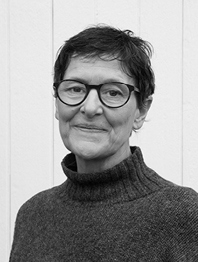
Displaying masterly understanding and control of material, this latticework piece is also extremely sensitive in form. Turner’s work speaks in a quiet, clear and personal voice. This work addresses issues of volume, space, texture, geometry and ceramic qualities through a re ned choice of palette, structure and material. It explores shape by controlled decisions that lead to unexpected results.
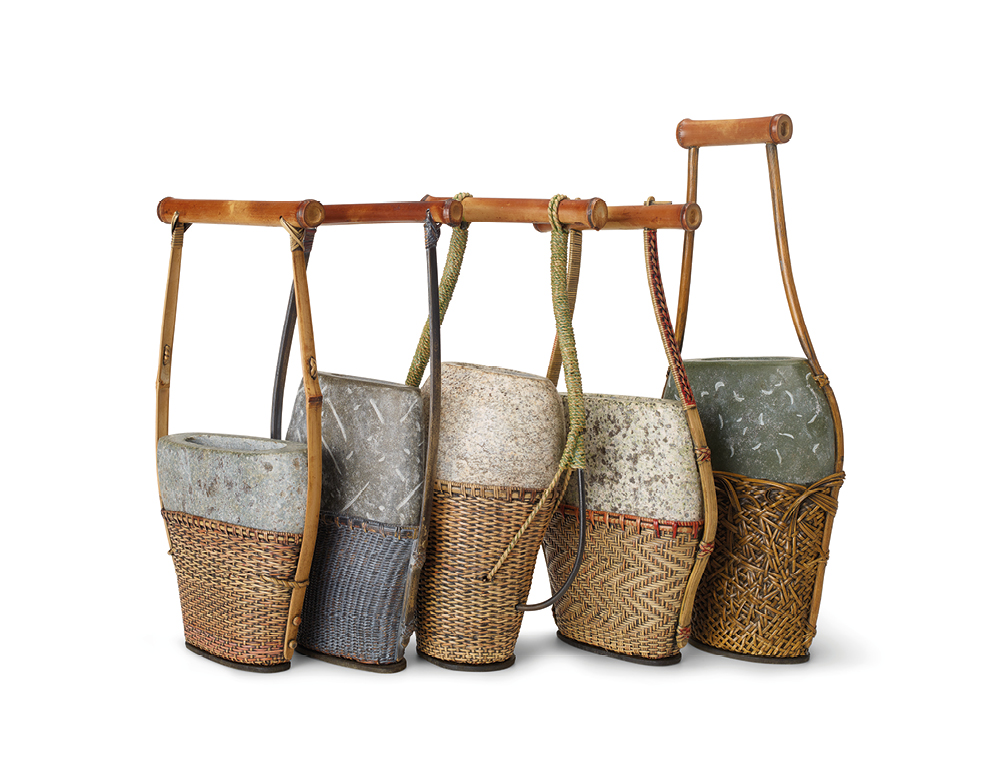
Name of finalist: Deloss Webber
Country of entry: United States
Name of work: 'Geisha Handbag Series'
Category: Other
Materials: Granite, Susatake bamboo, rattan, seagrass, pigment
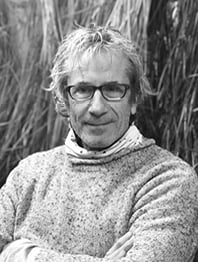
A homage to Japanese weaving techniques, this series of work uses traditional processes to recreate them anew. Taking the basket as his point of reference, Webber’s intricate constructions celebrate the beauty of his materials. Inserting granite objects into each piece of the series and enveloping them in woven shrouds, they are rendered functionally obsolete but visually compelling.
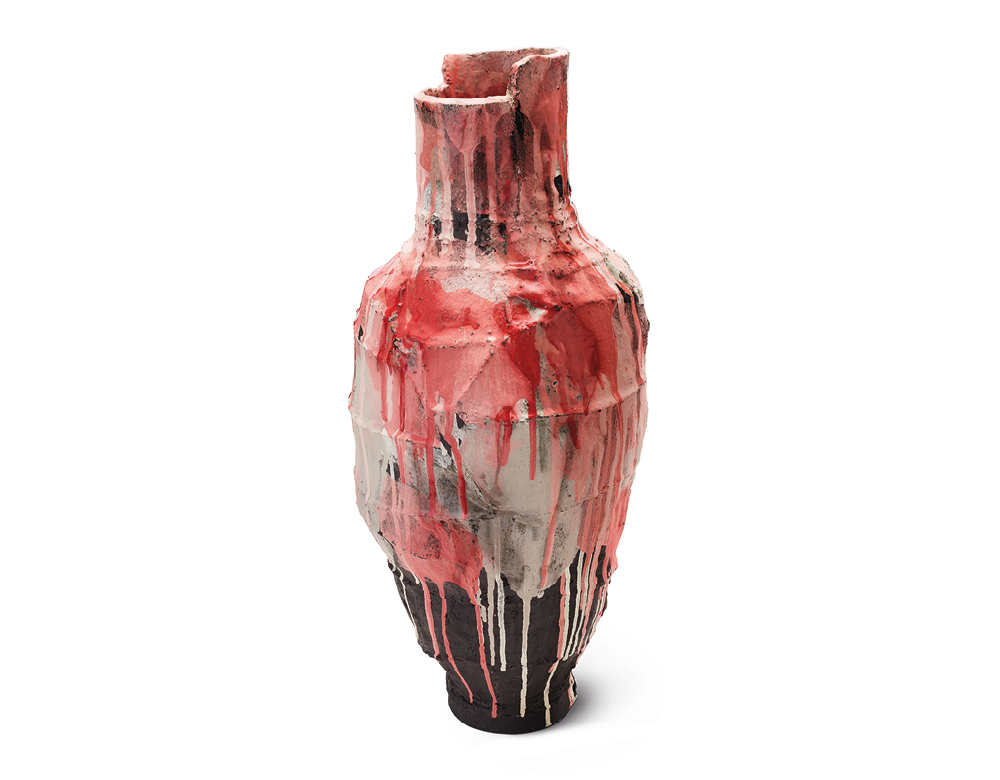
Name of finalist: Elke Sada
Country of entry: Germany
Name of work: 'Eolophus (Hallstattpiece)'
Category: Ceramics
Materials: Terra Nigra clay, engobes and glaze

A beautifully expressive interpretation of the vessel form with vibrant use of colour. Sada’s work displays an honesty and joyful approach to material and fully embraces the potential of clay, colour possibilities and the ring process. The proportions of the piece attest to her high level of skill, understanding and control of material. This work embodies risk, the decision to push the boundaries to achieve a form that contains a freshness, combined with an expressive, painterly surface treatment.
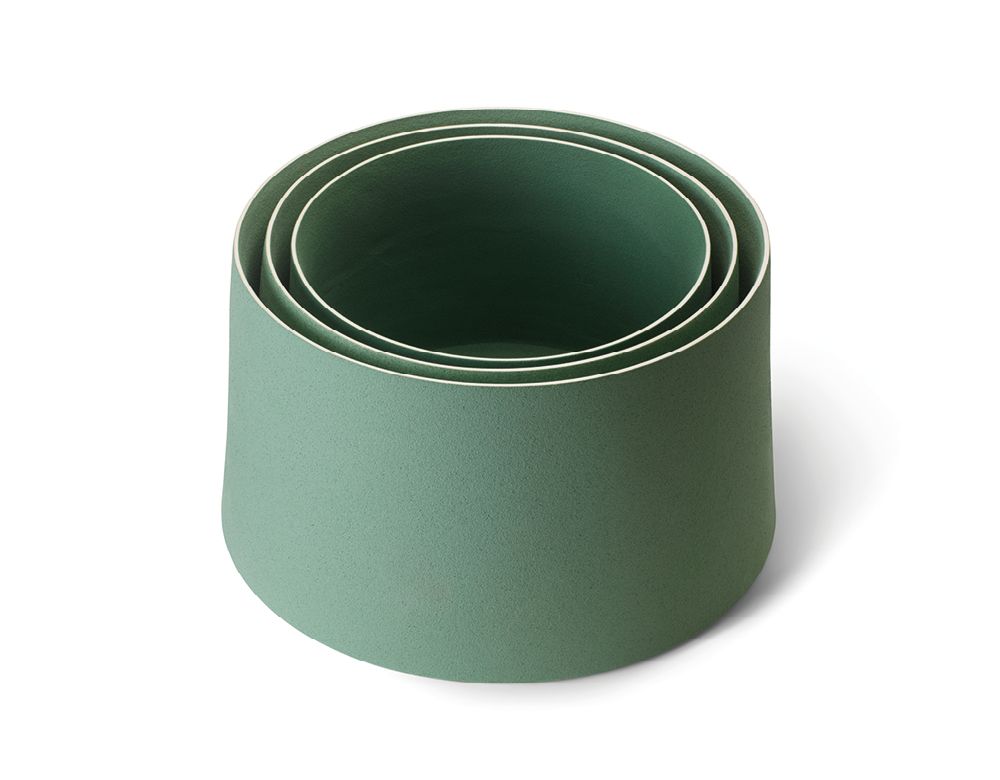
Name of finalist: JingFeng Fang & Mi Dong
Country of entry: Mainland China
Name of work: 'Hui 回'
Category: Ceramics
Materials: Ceramics
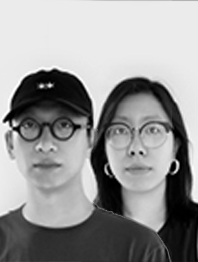
A quiet exploration of the technical boundaries of ceramics, this work delves into the capabilities of materials through the application of heat. The piece takes the technical challenges of making joints in wood and reinterprets the theory through ceramics. Intense engaging colour is used and breaks on the rims, which emphasises the precise nature of the forms. The result is both a concept and a singular form that is subtle and engaging.
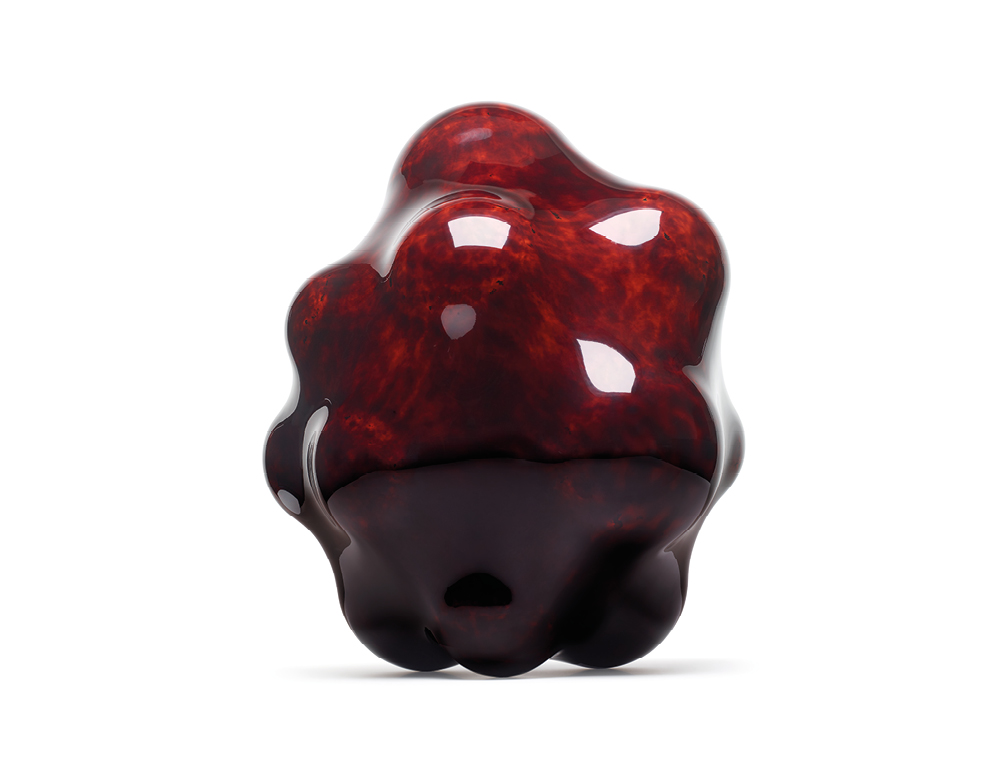
Name of finalist: Genta Ishizuka
Country of entry: Japan
Name of work: 'Surface Tactility #11'
Category: Lacquer
Materials: Urushi, styrene foam balls, 2 way tricot, linen cloth
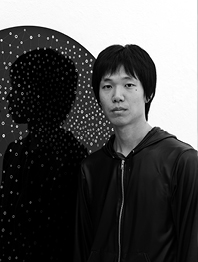
Using the simple motif of a bag of oranges as his point of departure, Ishizuka elevates this humble form through his expert use of lacquer. The allure of the gloss of his material creates an immediately sensual attraction that is contemporary in its appeal, belying the fact that the urushi lacquer technique originates from Japan between the 7th and 8th centuries.
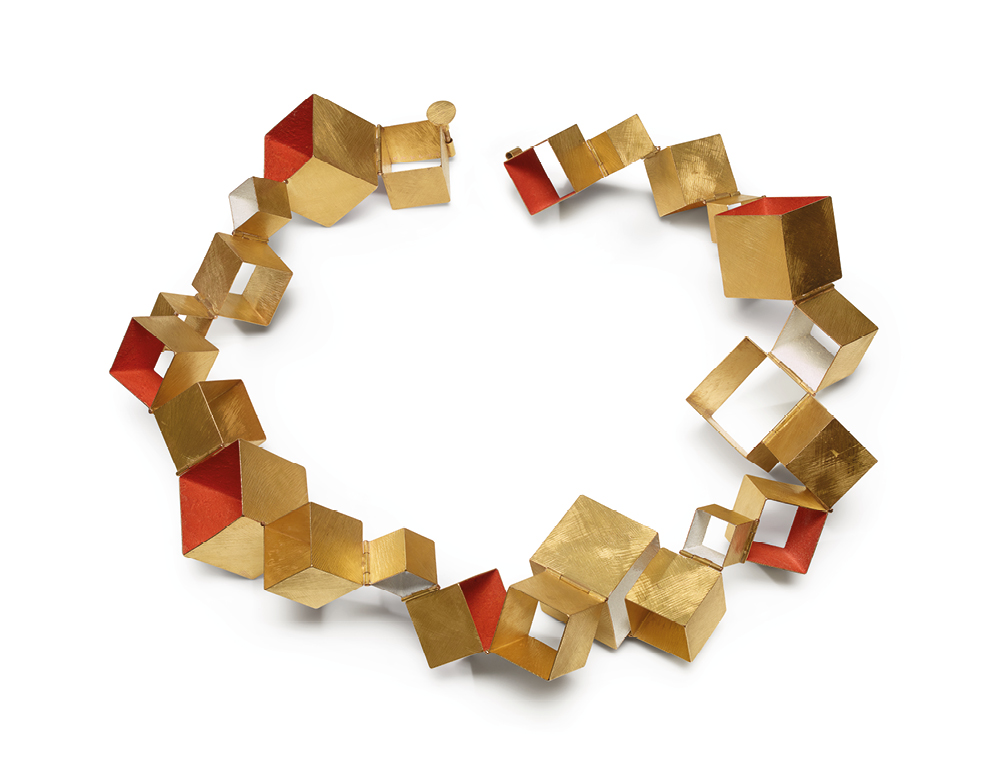
Name of finalist: Giampaolo Babetto
Country of entry: Italy
Name of work: 'Collana'
Category: Jewelleryr
Materials: Gold 750, pigment
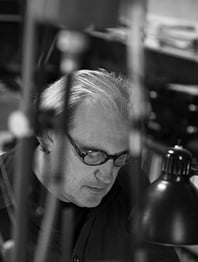
Using the geometric shape of the cube as his starting point, Babetto manipulates size and colour to create a necklace of harmonic form. A dynamic composition of equilibrium with underlying colour, the work demonstrates Babetto’s relationship to minimalism and attention to a quiet visual expression, removing any trace of narrative through his commitment to a purity of form.
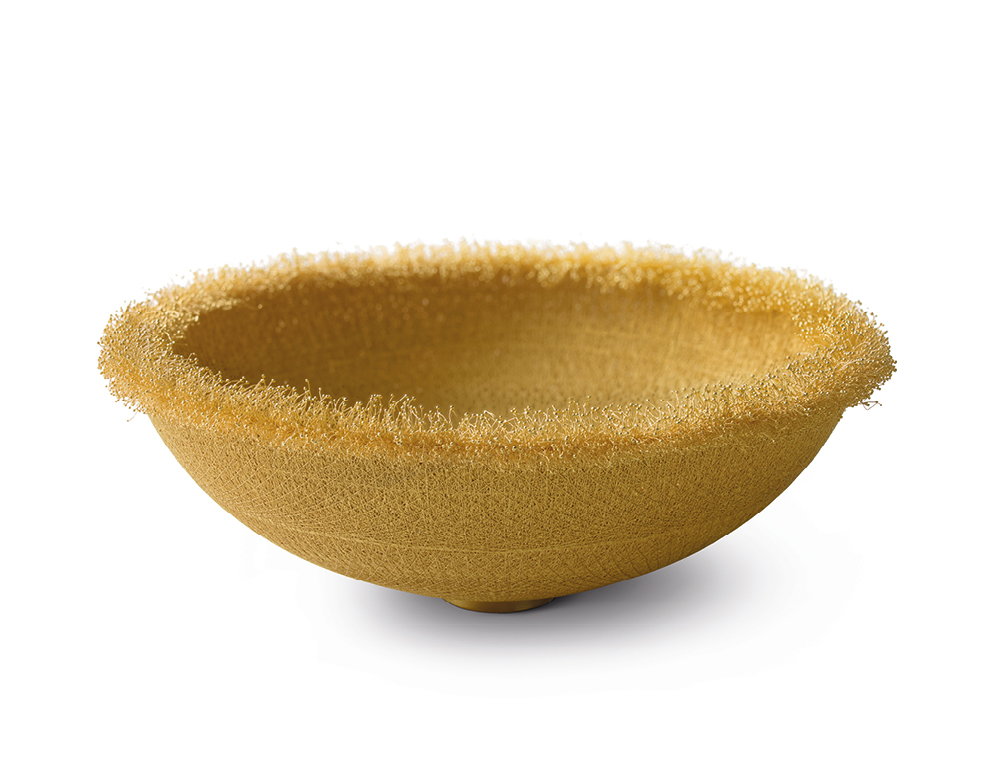
Name of finalist: Giovanni Corvaja
Country of entry: Italy
Name of work: 'Mandala bowl'
Category: Other
Materials: 18ct Gold
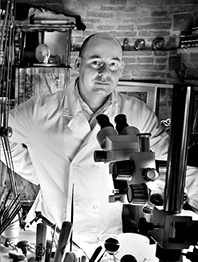
An ethereal and captivating piece that employs an extraordinary process developed by the artist, transforming gold into a substance as ne as hair. This gold bre is then spun together to create a bowl- shaped object. The work presents a marriage of science and craft that is small in scale and humble in form but monumental in achievement and expression of value. The work evokes a sense of mystery, putting ancient ideas of alchemy in dialogue with cutting-edge technology.
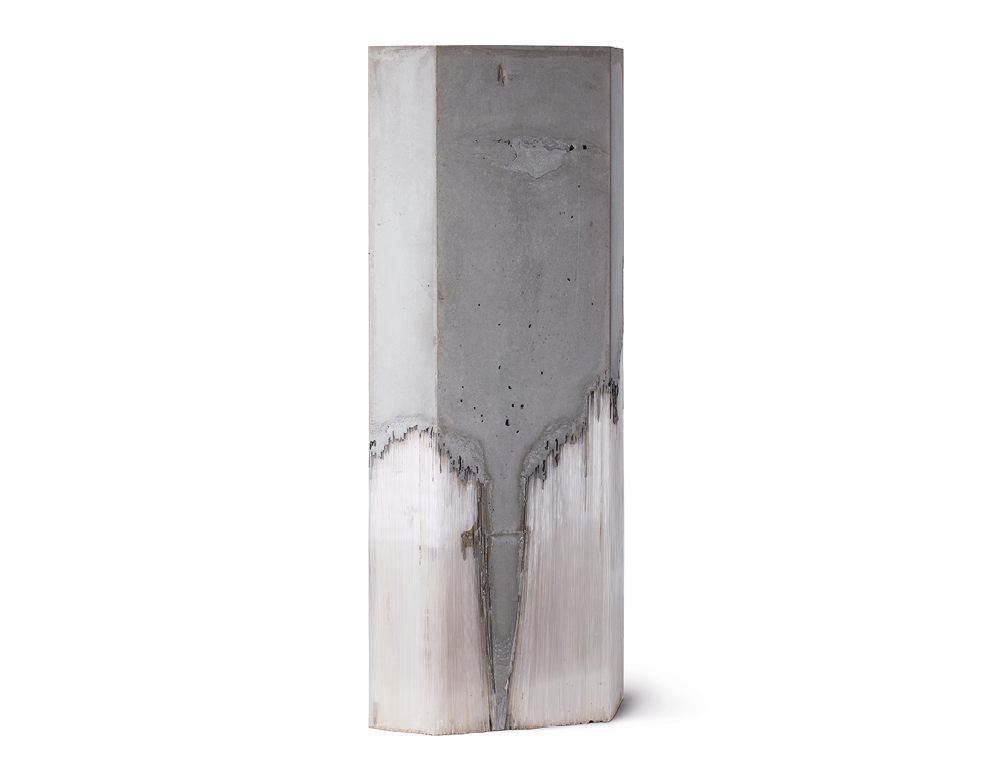
Name of finalist: Harry Morgan
Country of entry: United Kingdom
Name of work: 'Untitled' from Dichotomy Series'
Category: Glass
Materials: Glass, concrete
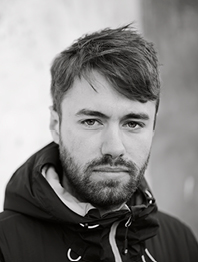
Harry Morgan’s work inverts the rules of gravity and creates objects that are completely counterintuitive. Referencing the brutality of architecture and the craft of Venetian glass making, a dense mass of concrete sits on top of a block of individual glass laments. His works establish a powerful relationship between the two contrasting materials as they merge to become one form.
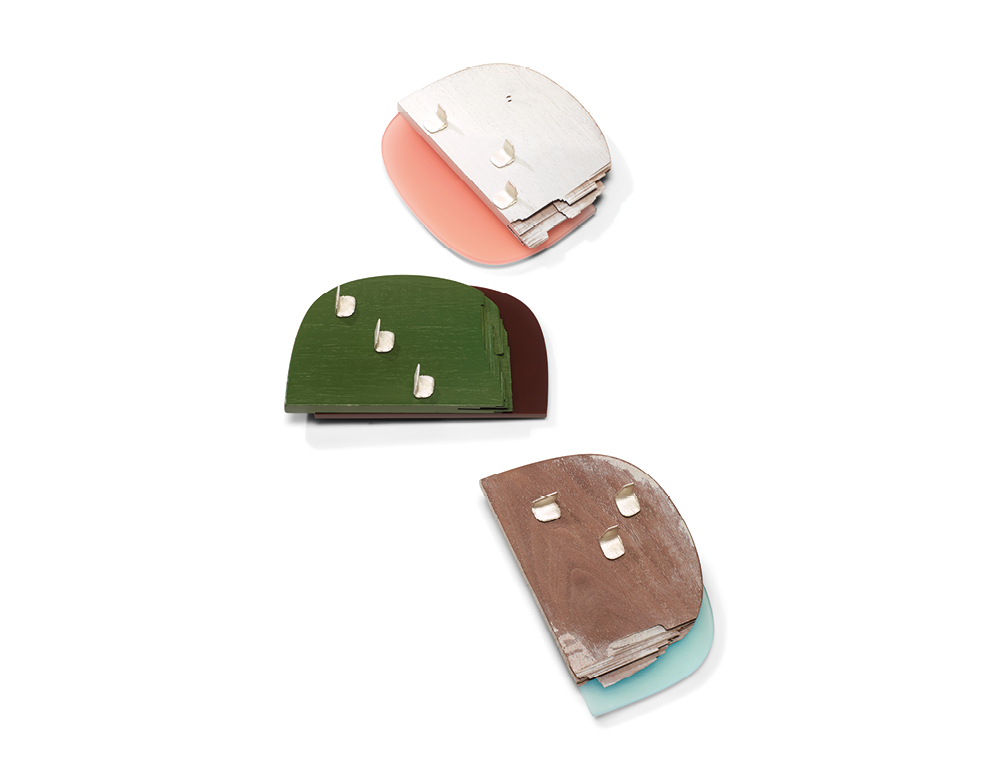
Name of finalist: Heeseung Koh
Country of entry: Korea, Republic of
Name of work: 'A regular sign'
Category: Jewellery
Materials: Walnut, acrylic, 925 silver, paint
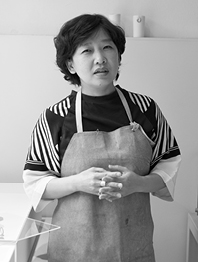
Made from wood and plastic, Koh shows an entirely fresh approach to the material of jewellery. Spontaneous in expression, the work is a study in unexpected and unconventional contrasts of form, colour and material.
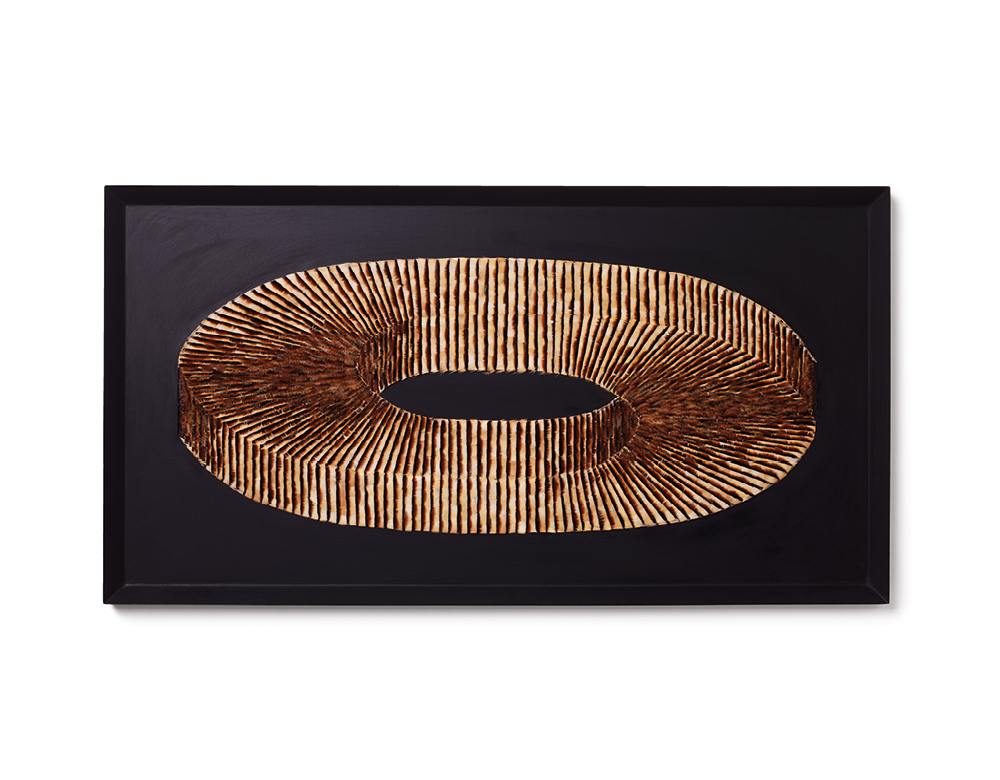
Name of finalist: Henar Iglesias
Country of entry: Spain
Name of work: 'Confübius'
Category: Other
Materials: Feathers, wax, paper, wood and paint
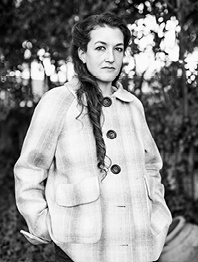
Employing traditional Mexican techniques of amantecas, Iglesias creates an abstract form that is rigorous in its geometry but softly expressed. It is only on careful observation that the material of the work is revealed to be feathers. The unexpected materials transform the experience of the work from one of formal play to a more organic encounter with the artistry of the technique.

Name of finalist: Jim Partridge & Liz Walmsley
Country of entry: United Kingdom
Name of work: 'Curved Block Seat'
Category: Furniture
Materials: Oak
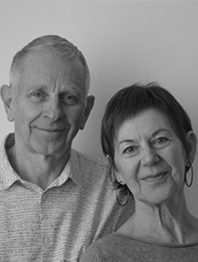
Carved from solid blocks of oak, Partridge and Walmsley’s approach to making furniture is sculptural in its ambition yet always retains a functional purpose. Committed to revealing the inherent beauty of their materials their craftsmanship is in service to the materials with which they work. This honesty of approach is shown in this work’s compelling scale and simplicity of form.
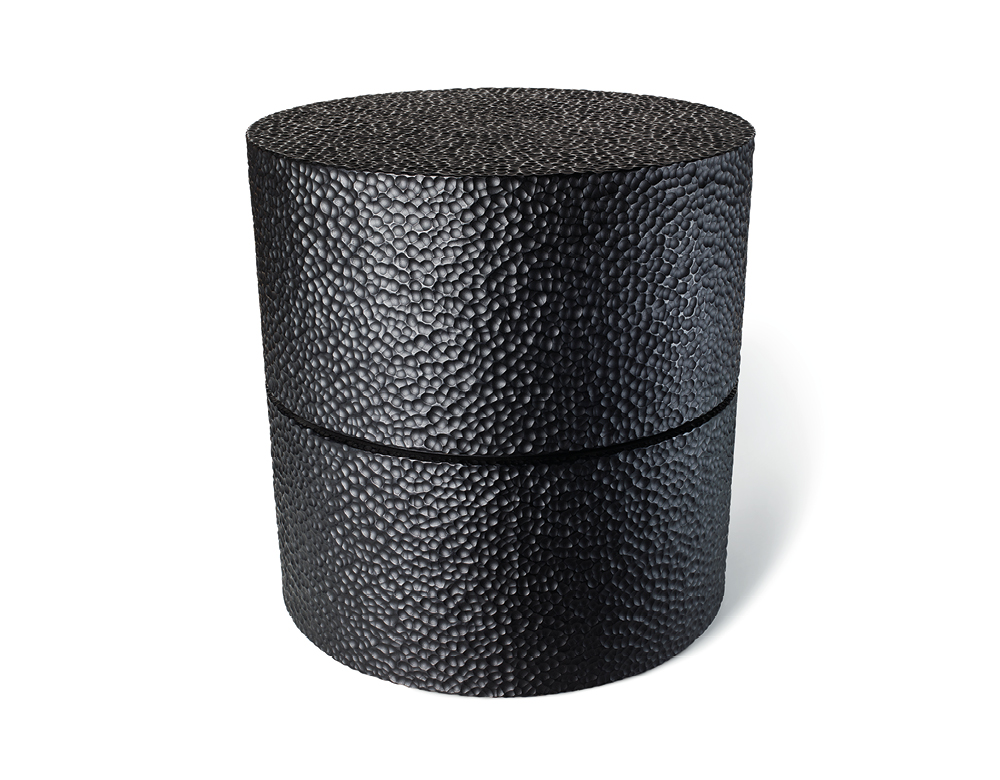
Name of finalist: John Eric Byers
Country of entry: United States
Name of work: 'Reveal Table'
Category: Wood
Materials: Carved, blackened, lacquered maple
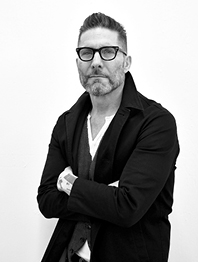
Using traditional techniques, Byers pays tribute to the heritage of American furniture makers yet creates work that is resolutely contemporary in its form. A high level of nish characterises his work and this piece is typical in his careful attention to not only its surface but also its articulation of a recognisable aesthetic language.
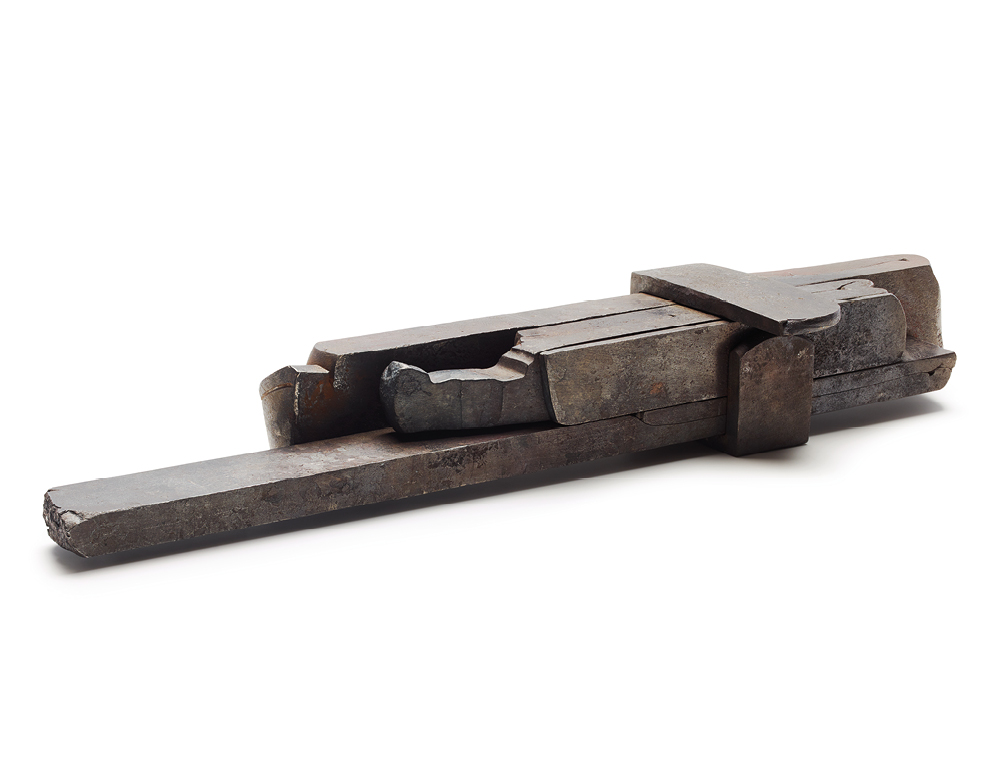
Name of finalist: Jokum Lind Jensen
Country of entry: Sweden
Name of work: 'The dark'
Category: Metal
Materials: Mild-steel
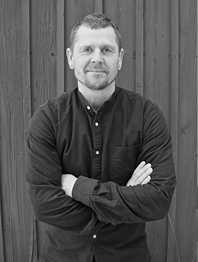
A raw, expressive work that refers to a primal object, such as a tool or weapon, the piece is nonetheless purely aesthetic. Lind Jensen’s practice is a free manipulation of form that harnesses the visual power of his materials. Sensuous in its curves but physically cold to touch and heavy to lift, the work suggests a functional life but remains resolutely enigmatic.
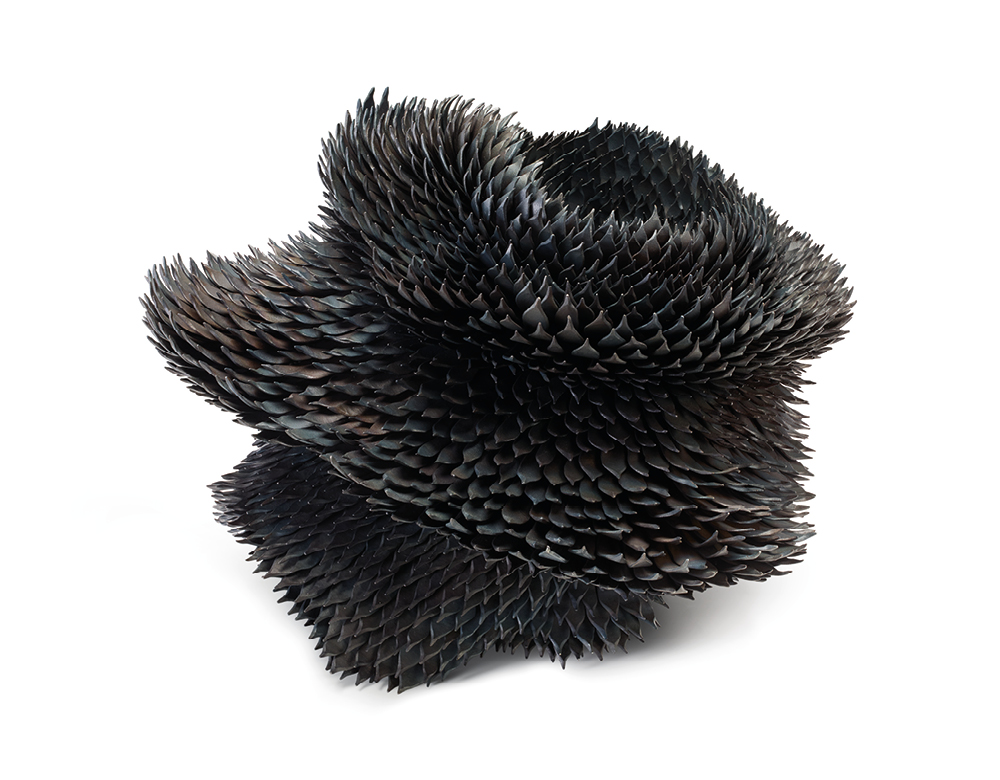
Name of finalist: Junko Mori
Country of entry: United Kingdom
Name of work: 'Propagation Project; Nigella Chrysanthemum'
Category: Metal
Materials: Wax-coated, forged mild steel
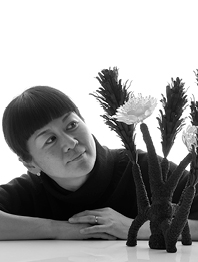
Demonstrating a tremendous commitment to detail through a painstaking process, Mori’s delicate use of steel creates a sculptural piece full of movement. Thousands of steel components are put together piece by piece in a repetitive act that allows for accident and creativity as the work grows almost like a mutation. Human in scale, her technical virtuosity creates an object that is unlike any other, alive with an energy that is both delicate and vibrant.

Name of finalist: Kazuhito Takadoi
Country of entry: United Kingdom
Name of work: 'KADO (Angle)'
Category: Other
Materials: Hawthorn twigs, waxed linen twine
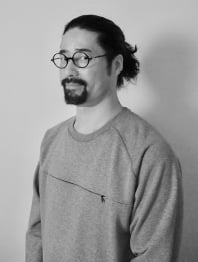
Working entirely in organic matter grown by himself, Takadoi sews together branches, grasses and reeds to create forms that shift and change as the material matures and evolves. Over time, a more subtle palette of colour is gradually revealed by this process. This work has a severity of form that puts in play ideas surrounding void versus solid, and shadow versus light.
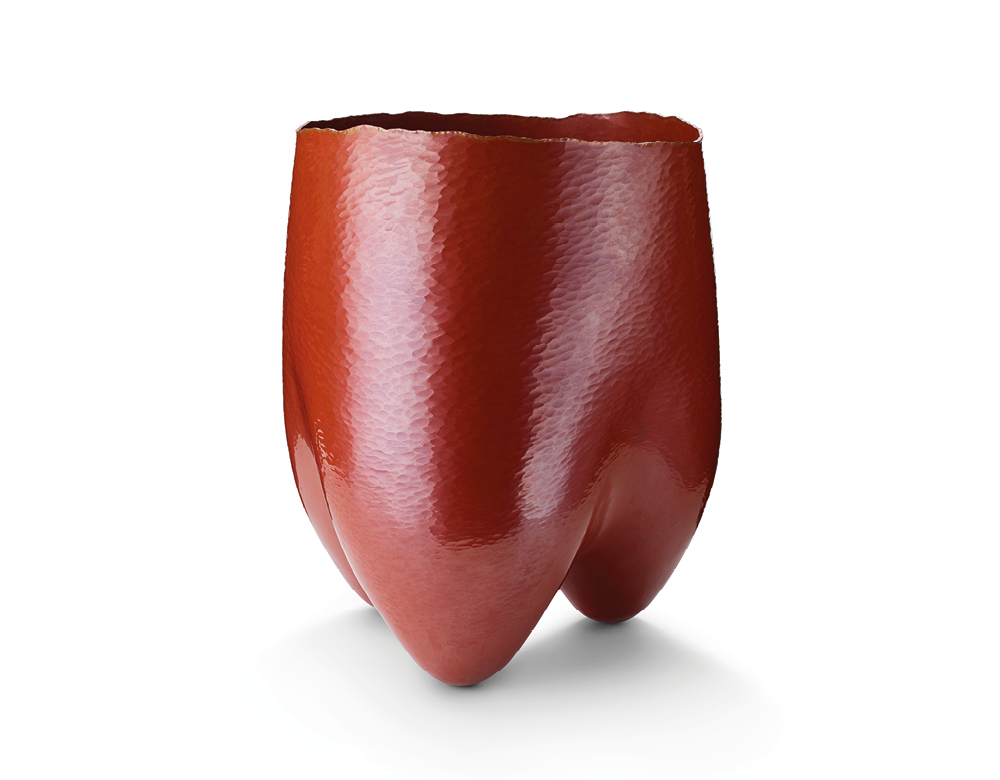
Name of finalist: Koichi Io
Country of entry: Japan
Name of work: 'Three Legs Vase'
Category: Metal
Materials: Patinated copper
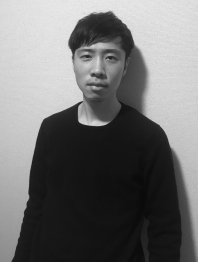
Io’s work is made from a single sheet of metal formed by hand raising - a 4,000-year-old technique that is still practiced today. The technical mastery he employs is such that the work looks effortless and the material almost unrecognisable. The traditional patination process creates a vivid patina and ful ls its status as a work that is not only masterful but also full of character.
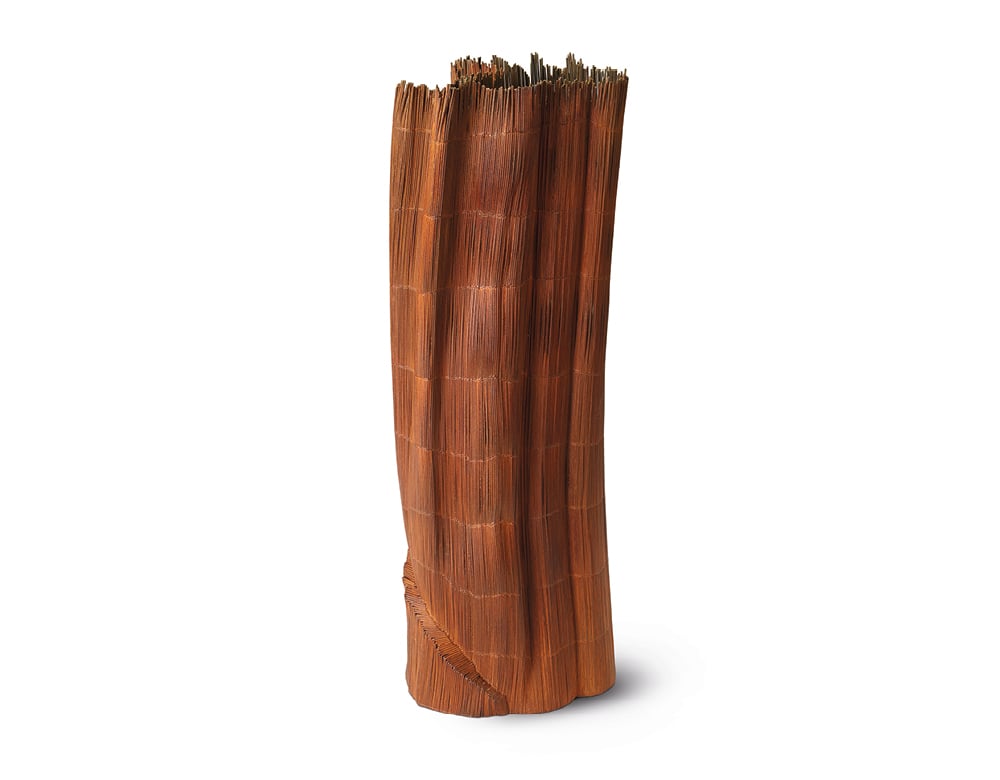
Name of finalist: Kye-Yeon Son
Country of entry: Canada
Name of work: 'Innatus Forma 2018-1'
Category: Metal
Materials: Steel wire, rust, wax finish
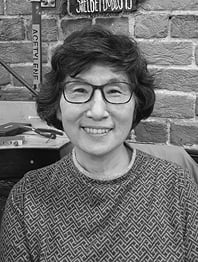
Inspired by the forest in autumn and winter, this work is created by using rusted materials that look delicate but are immensely strong. The bold use of colour demonstrates a personal visual language but is also inherent to the metal wire of the work itself. Organic and dynamic in appearance, the piece uses technically unconventional methods to reveal the full potential of its materials.
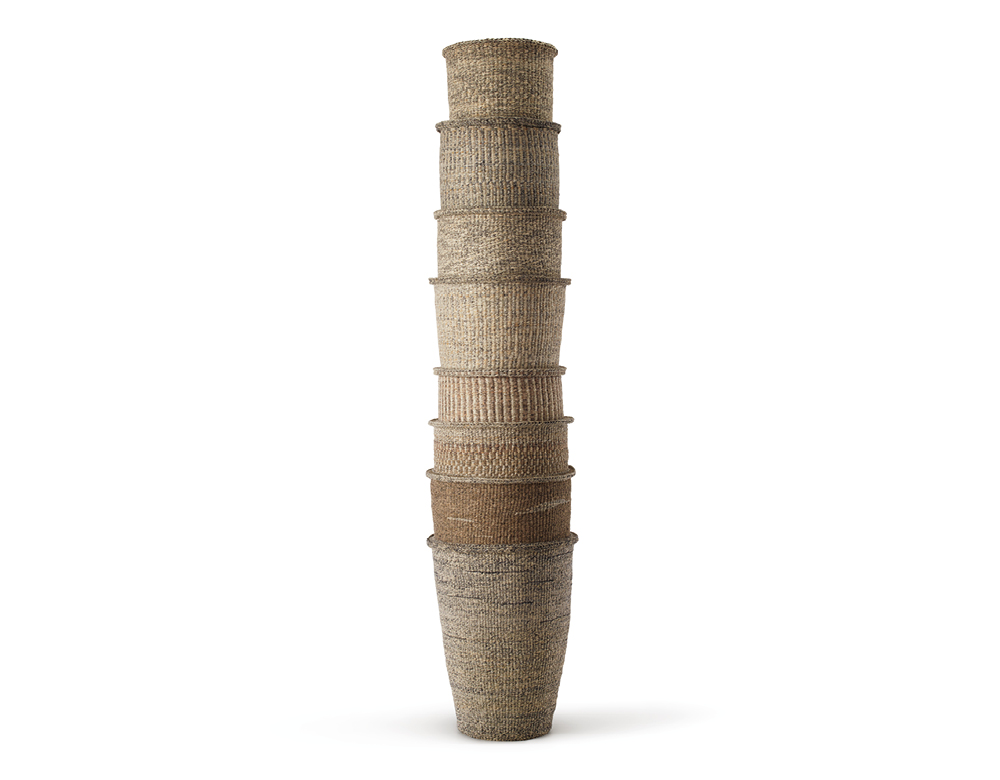
Name of finalist: Youngsoon Lee
Country of entry: Korea, Republic of
Name of work: 'Cocoon Top Serie 1'
Category: Paper
Materials: Korean mulberry Paper (old book)

Carefully constructed from paper, Lee’s baskets resemble the vessels used to collect shrimp but it is in her mode of display that their form becomes compelling – stacked on top of one another as if to create her own version of a Brancusi column. The poverty of material and colour is countered by their scale, creating a work that speaks not only of the everyday but also on a more profound level.

Name of finalist: Masanori Nishikawa
Country of entry: Japan
Name of work: 'Form of the wind'
Category: Lacquer
Materials: Urushi, linen cloth, Japanese paper, Tin powder, Platinum powder
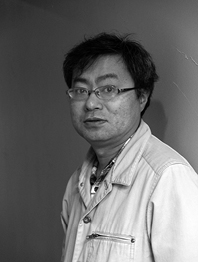
Employing the traditional Japanese lacquer technique of urushi, Nishikawa evolves an ancient technique to achieve a contemporary result. Human in its scale of address, this work shows a mastery of materials that further develops the technique to a new level.
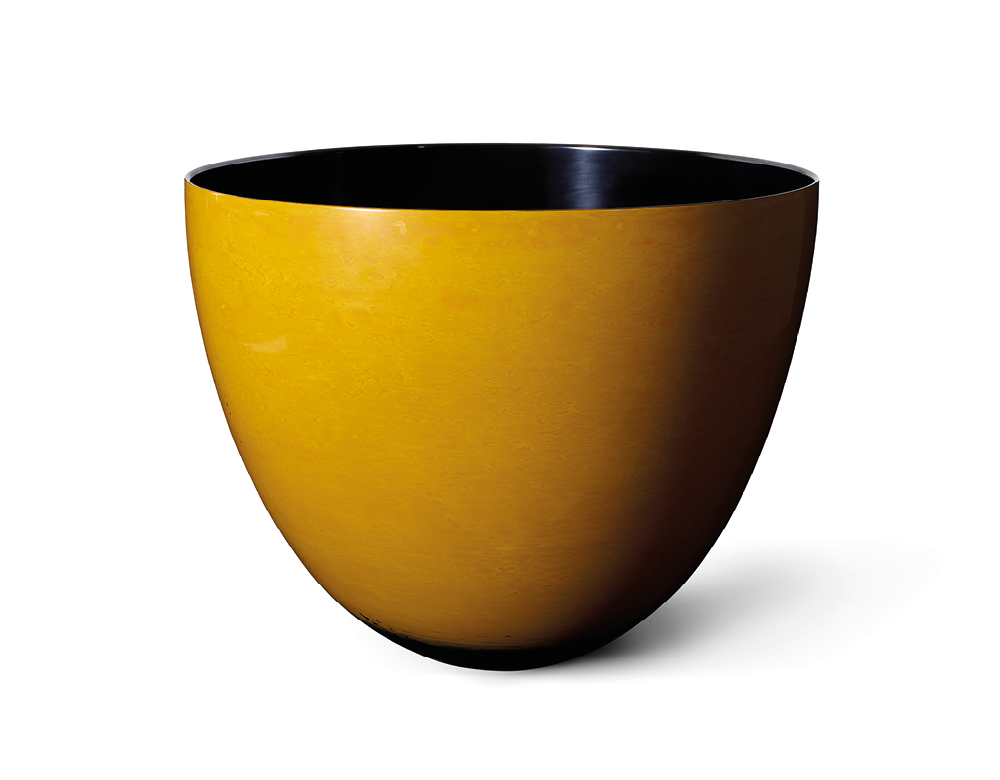
Name of finalist: Mayu Nakata
Country of entry: Japan
Name of work: 'Flame'
Category: Lacquer
Materials: Lacquer, aluminum powder, linen, jute, Japanese paper
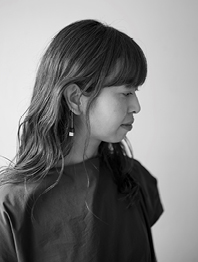
This work pays tribute to kinma, a traditional lacquer technique from Thailand and Myanmar. These works carry patterns, engravings, and traces on surfaces, which are then re lled and polished so that they are visible to the eye but impossible to trace by touch. Nakata updates this by carving much more deeply than a traditional approach, imbuing the surface of the work with a remarkable freedom of expression.
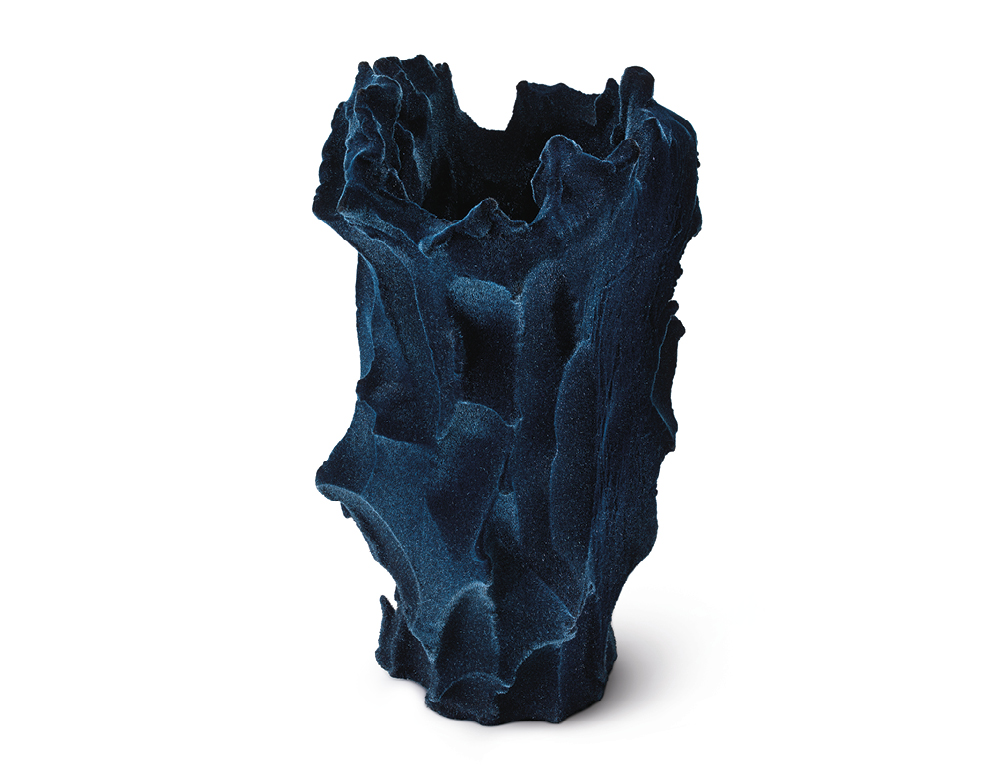
Name of finalist: Michal Fargo
Country of entry: Germany
Name of work: Untitled
Category: Ceramics
Materials: Stoneware ceramics, fibres (flocking)
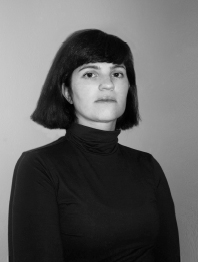
Michal Fargo’s Soft Accents collection is an evolution of her earlier practice; forms are sculpted from stoneware clay and later coated with fibers. Introducing 'nature' to 'synthetic', Fargo creates stone-like vessels with a velour surface in deep blue that once illuminated have the appearance of computer graphics rather than 3/D forms.
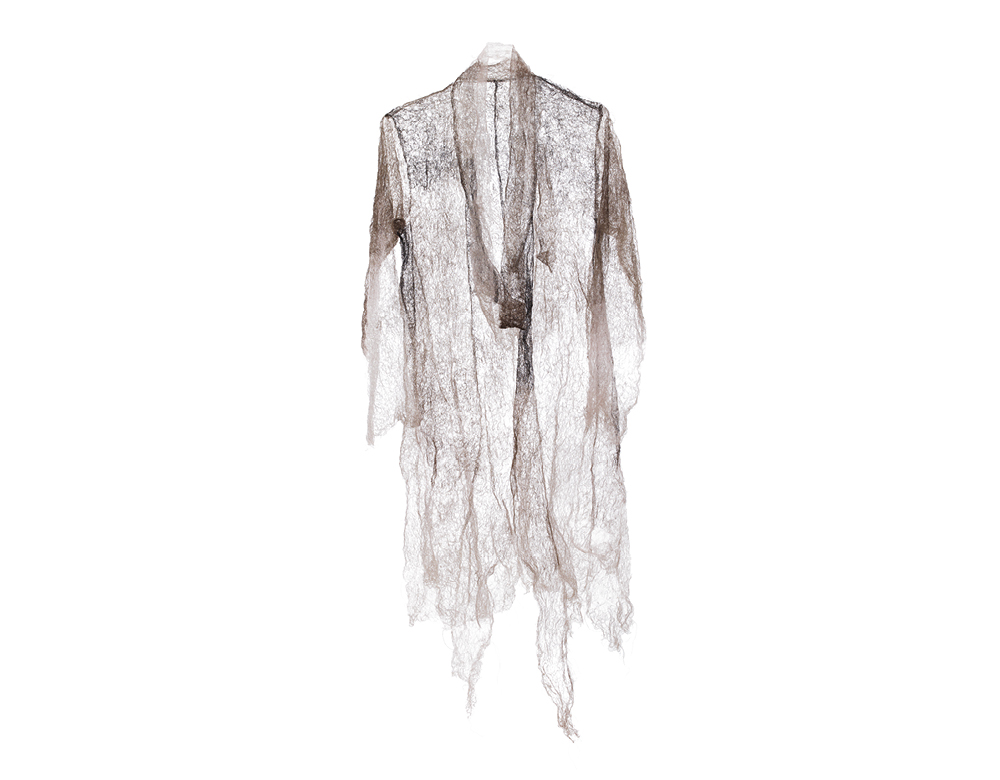
Name of finalist: Minhee Kim
Country of entry: Korea, Republic of
Name of work: 'Funeral Clothes for the Women'
Category: Textiles
Materials: Monofilament
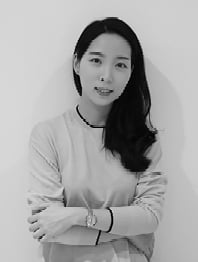
An ethereal, ghostly, fragile piece that refers to Korean funeral garments and in particular ‘the emotional fragility of the lives of comfort women’. Political in its subject matter the work Kim employs mono laments as her material referring to and making tangible an emotional trauma, at the same time as referencing a vernacular tradition of Korean funeral attire.
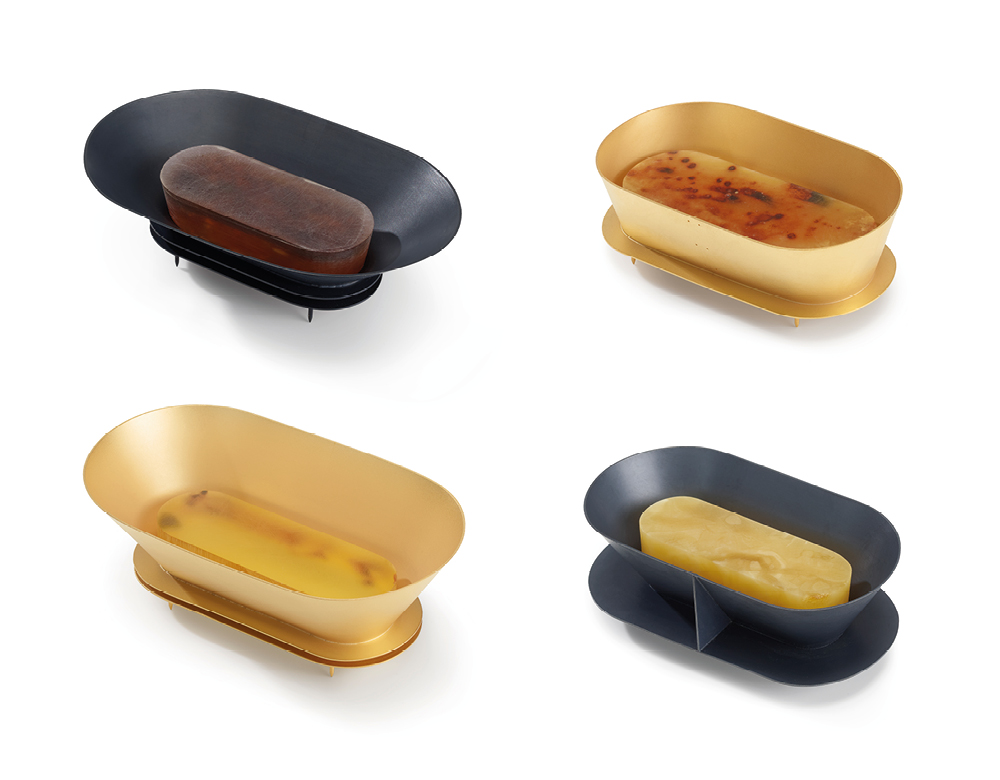
Name of finalist: Ruudt Peters
Country of entry: Netherlands
Name of work: 'Suctus'
Category: Jewellery
Materials: Silver / Amber, in different shapes

Using the language of minimalism Peters’ work asks fundamental questions about transformation, where we come from and how we are alive. Silver and amber are combined in these works to create pieces that could be described as wearable sculpture. The sophisticated visual vocabulary surpasses what would conventionally be described as jewellery and brings form, more usually found in a museum or gallery, to the personal space of the body.
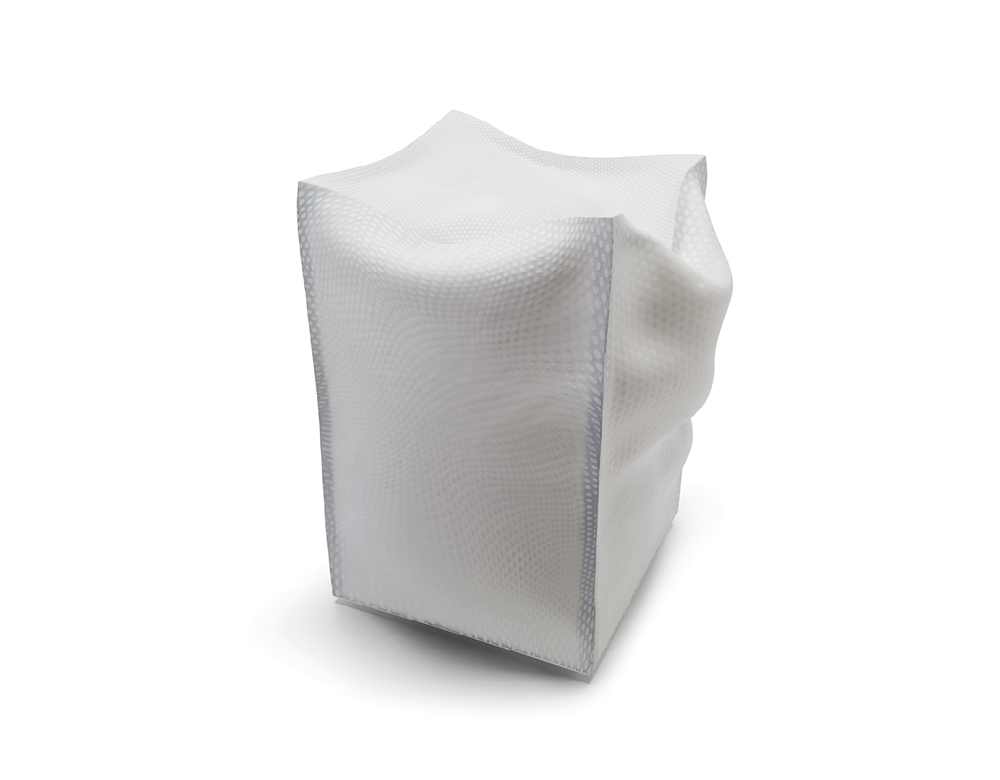
Name of finalist: Sachi Fujikake
Country of entry: Japan
Name of work: 'Vestige'
Category: Glass
Materials: Glass
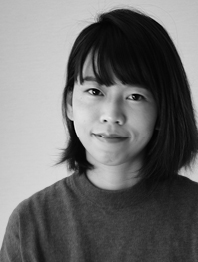
Consisting of blown glass Fujikake’s work relies on a masterful use of the kiln, being red almost to the point of collapse. Teetering on the brink of disintegration these works defy convention in their lightness of touch. The title of the work explicitly references this technique, with the work betraying ‘vestiges’ of its previous incarnation. New life is literally breathed into the material by Fujikake’s deftness of touch and technique.
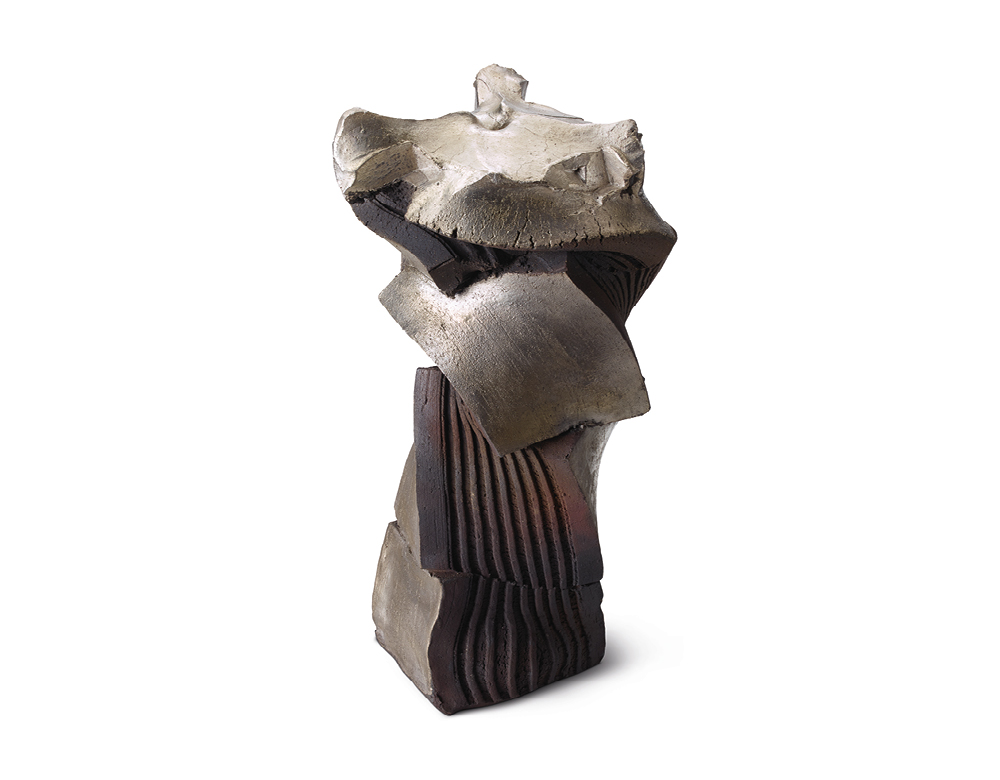
Name of finalist: Shozo Michikawa
Country of entry: Japan
Name of work: 'Tanka with Silver'
Category: Ceramics
Materials: Stoneware, silver liquid glaze
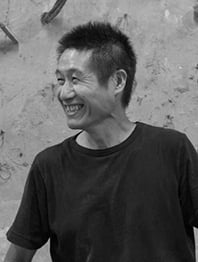
Formed through an intensely personal relationship with his materials, and a unique process of forming clay on the potter’s wheel, this piece is a powerful example of a contemporary ceramic vessel. Rooted in tradition but with a deeply personal voice, it speaks of fundamental qualities of ceramic, displaying a variety of tones, textures and surface qualities in a cohesive dynamic form.

Name of finalist: Tomonari Hashimoto
Country of entry: Japan
Name of work: 'Rain box'
Category: Ceramics
Materials: Stoneware, glaze, metal oxide
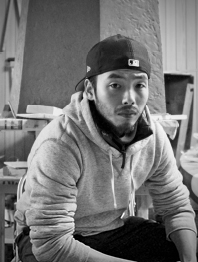
A monumental form in space, Tomonari Hashimoto’s work is an exploration of material unlike any other, employing clay heavily saturated in metal. Built from layers of material which accumulate to create an object of signi cant scale, the work is then glazed with oxide metals to create a fascinating surface that has an iridescent quality. Although the piece has an earthy, robust presence, established by the size and the weight of the work, the effect of the materials imbues it with an ambiguity that verges on the otherworldly.

Name of finalist: Sophie Rowley
Country of entry: New Zeland
Name of work: 'Khadi Frays'
Category: Textiles
Materials: Cotton, Indian turmeric on natural cotton, linen/
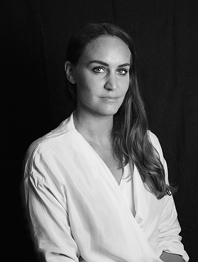
Born 1986 in Auckland, New Zealand. With a background in textile design, New Zealander Sophie Rowley is a Berlin-based material designer who embraces unexpected techniques and development processes. In 2015 she was awarded ‘Best New Surface’ by New Design Britain and her ongoing efforts to transform conventional items into artistic objects have earned her countless accolades. Reversing repetitive techniques of conventional handweaving, Rowley’s mode of creation preferences destruction over accumulation. Elaborated during a year-long trip to India, this textile wall piece series is inspired by the khadi spirit, which describes a state of illimitable patience. Starting with a solid block of multiple weaves, a carefully calculated process pares back over ten thousand fine threads, resulting in a frayed, multi-dimensional finish. The self-developed technique creates variations of shade, tone and texture that translate into intricate and compelling patterns.
Jury / Expert Panel 2019
Jury:
- Anatxu Zabalbeascoa (Chairwoman), Architecture and design correspondent for El País.
- Benedetta Tagliabue, Architect and Pritzker Prize jury member.
- Deyan Sudjic, Essayist and Director of Design Museum, London.
- Enrique Loewe, LOEWE FOUNDATION Honorary President.
- Hong Nam-Kim, President of the National Trust of Korea.
- Jennifer Lee, Winner of the LOEWE FOUNDATION Craft Prize second edition.
- Jonathan Anderson, LOEWE Creative Director.
- Naoto Fukasawa, Designer and Director of the Japan Folk Crafts Museum.
- Patricia Urquiola, architect and industrial designer.
- Wang Shu, Architect and Pritzker Prize jury member.
- Wolfgang Lösche, Head of Exhibition and Fairs at the Chamber of Skilled Trades, Munich.
Expert Panel:
- Adi Toch, Metal artist and finalist of the LOEWE FOUNDATION Craft Prize 2017.
- Anatxu Zabalbeascoa (Executive Secretary), Architecture and design correspondent for El País.
- Antonia Boström, Director of Collections at the Victoria & Albert Museum, London.
- Joonyong Kim, Glass artist and finalist of the LOEWE FOUNDATION Craft Prize 2018.
- Krzysztof Lukasik, LOEWE accessories designer.
- Min Chen, Furniture designer and finalist of the LOEWE FOUNDATION Craft Prize 2018.
- Paula Aza, LOEWE Head of Architecture.
- Sara Flynn, Ceramist and finalist of the LOEWE FOUNDATION Craft Prize 2017.
- Ramón Puig Cuyàs, Jewellery artist.







